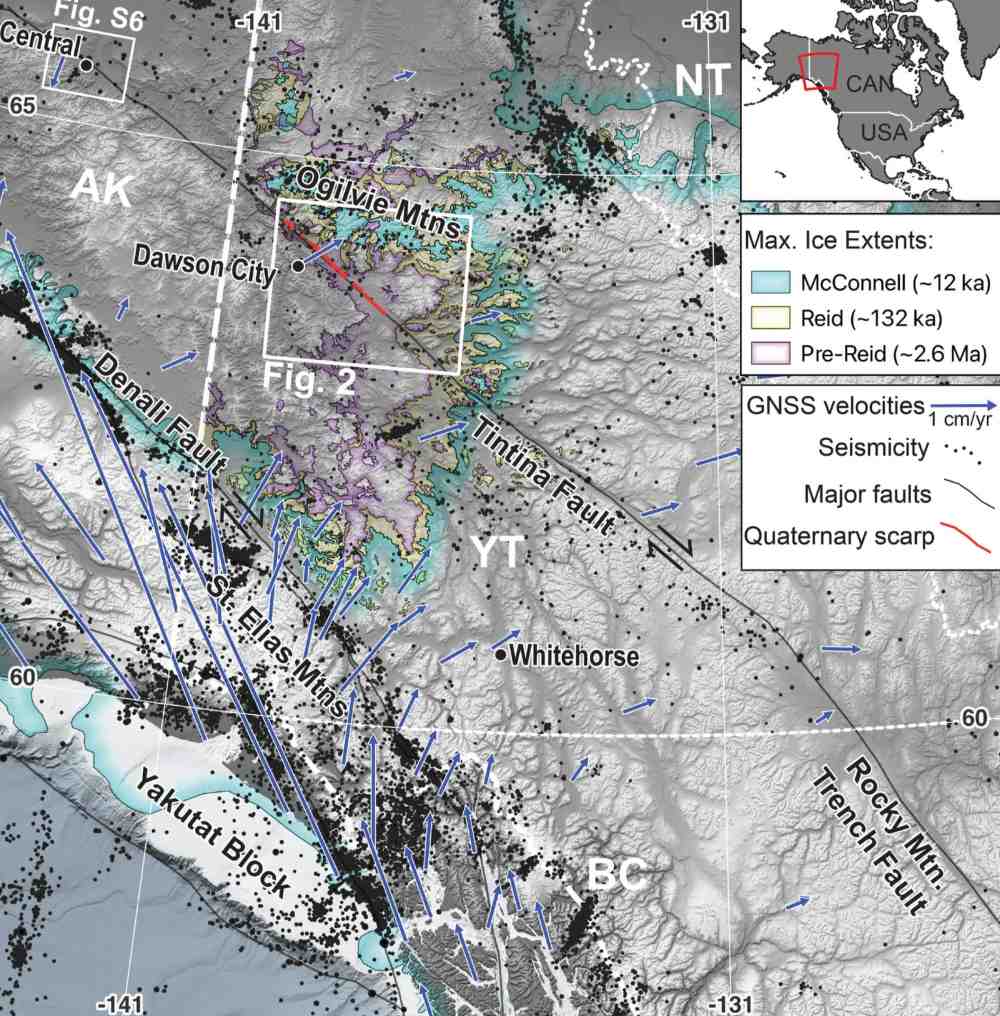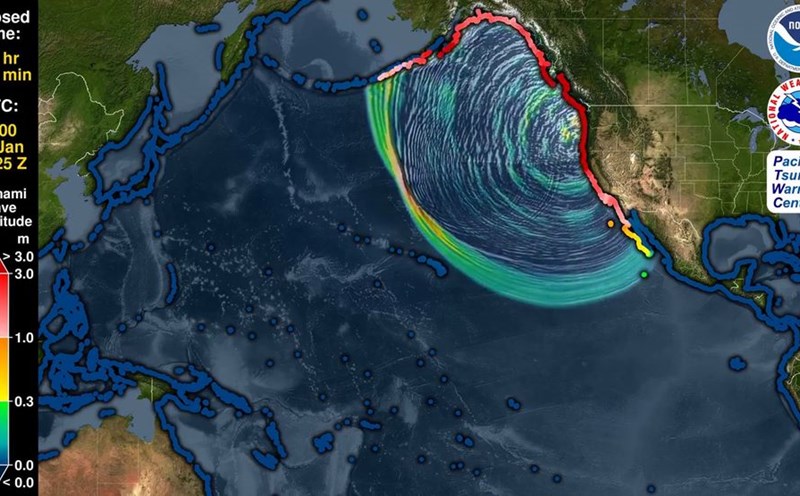The Tintina Fault fault, more than 1,000km long stretching from British Columbia ( Canada) to central Alaska (USA), has just been warned by geologists to become a serious earthquake threat.
Tintina Fault, which has been sleeping for more than 12,000 years, is now showing signs of accumulating pressure, potentially causing strong earthquakes of 7.5 richter or more.
Research published in the journal Geophysical Research Letters shows that new geophysical data completely changes the way seismic risk assessment in Yukon and neighboring areas is done.
Scientists from the University of Victoria, the University of Alberta and the Geological Survey of Canada emphasized the need to update seismic risk models, especially for long-standing fractures without vibrations.
The Tintina fault runs through strategic mining areas, key traffic routes and sensitive ecological zones. An earthquake here not only affects the nearby area but can also spread widely, affecting infrastructure, livelihoods and the environment.
Previously, this breach was considered "silent" due to the lack of clear signs of historical shaking and surface deformation. However, new LiDAR measurements and terrain data have discovered many terrain cracks due to ground shift, proving that earthquakes occurred in the late 14th century, about 120,000 - 10,000 years ago.

Studies also show the movement of river banks and ice sediments with an amplitude of tens to hundreds of meters, confirming geological activity lasting for millions of years.
Geological measurement data shows that Tintina is accumulating seismic pressure of 0.2-0.8 mm/year, creating a risk of a strong "slip" of up to 6m. This is characterized by large cracks, where energy gradually accumulates before being released in a severe earthquake.
Experts warn that this area could be affected similarly to the earthquake in Myanmar in March 2025, which killed more than 5,352 people in Myanmar and 103 people in Thailand.
In addition to geological forces, the recovery process after ice also increases the pressure on the fracture, making the time of the earthquake unpredictable.
The study emphasizes that many major disruptions still exist silently, not identified in previous risk models, posing an urgent requirement: Continuously updating the earthquake risk framework, especially in seemingly quiet areas.











